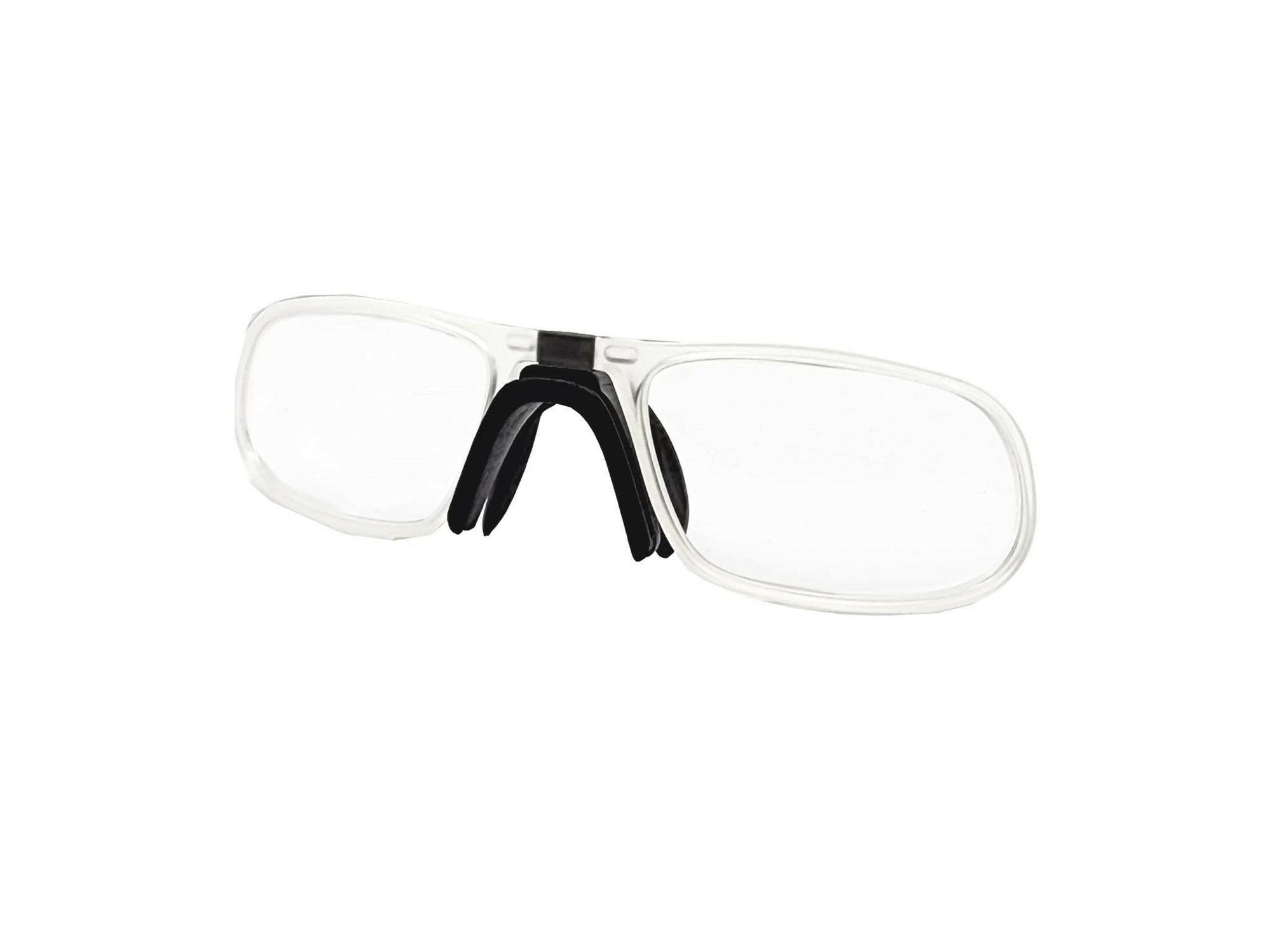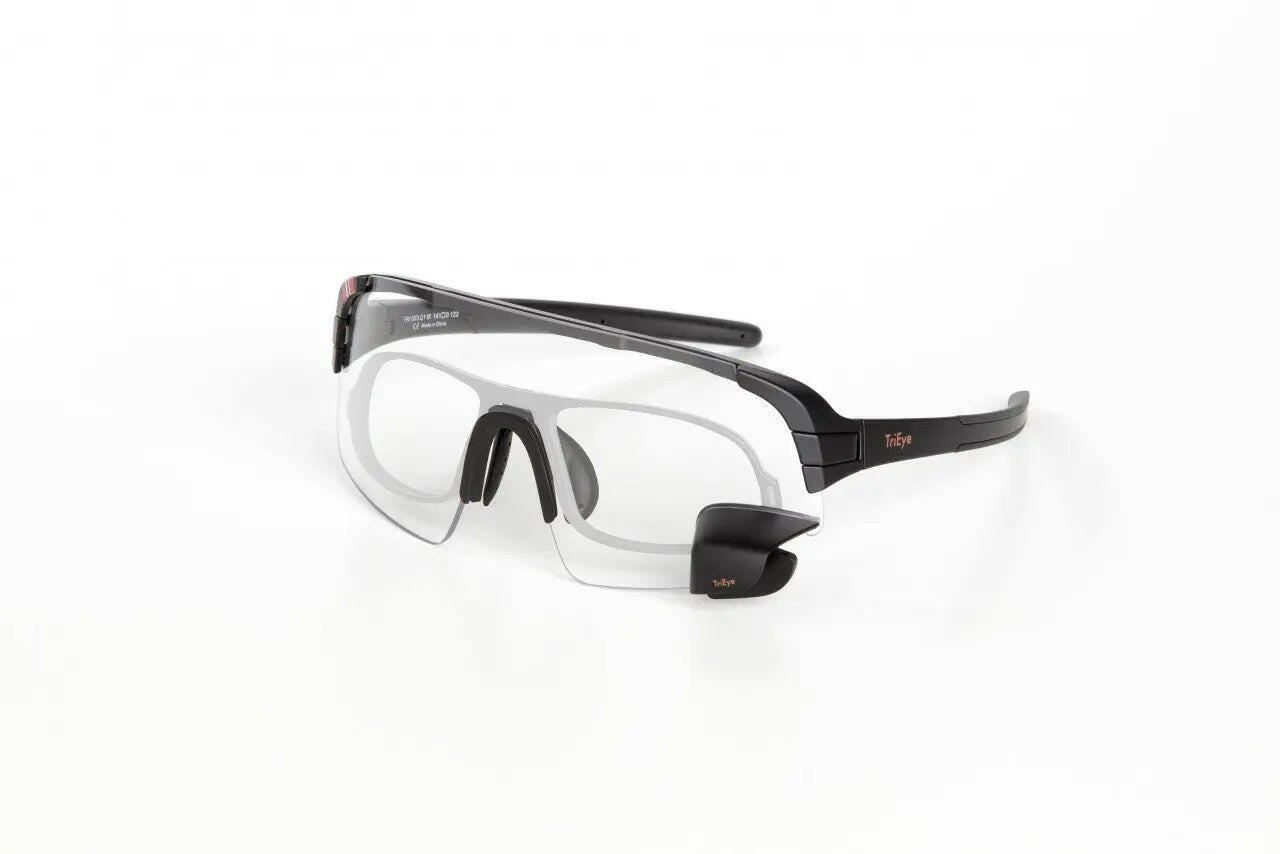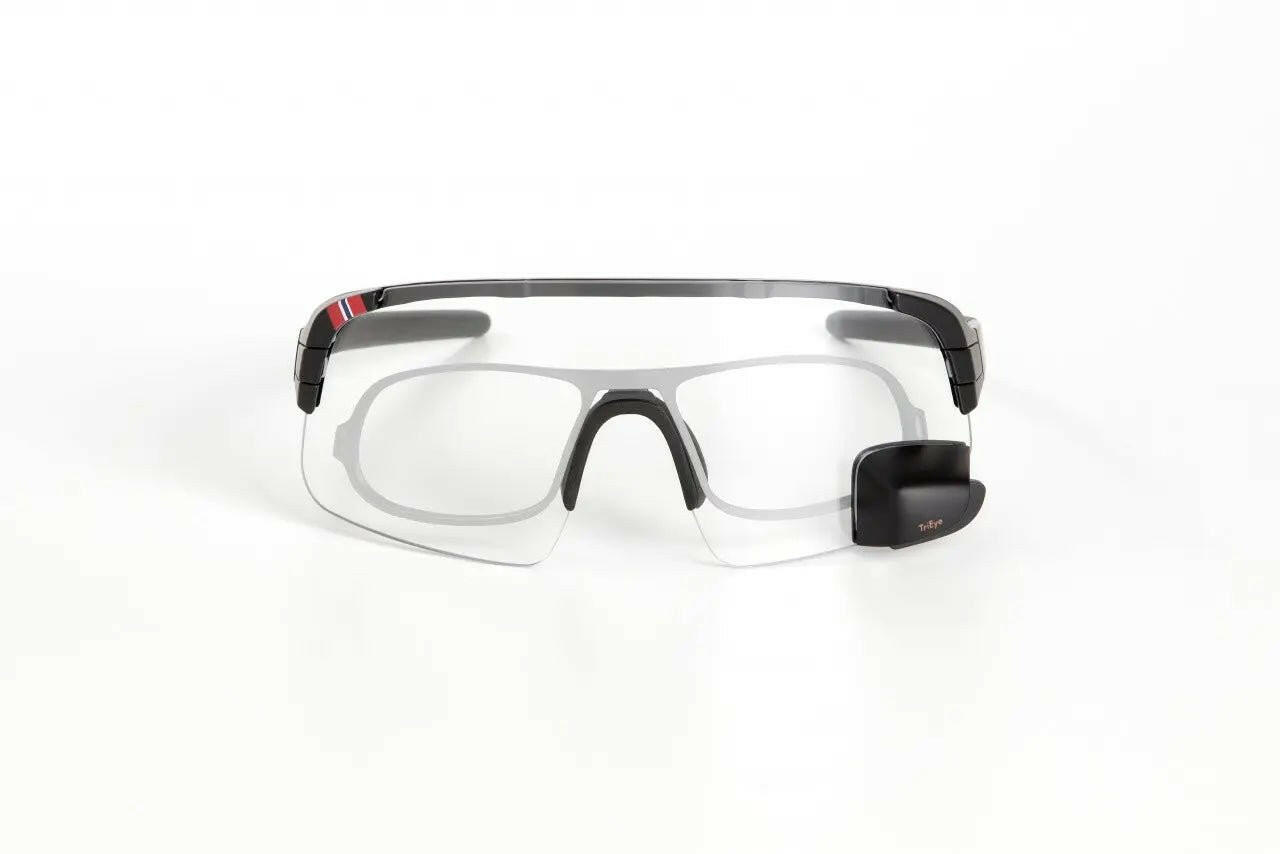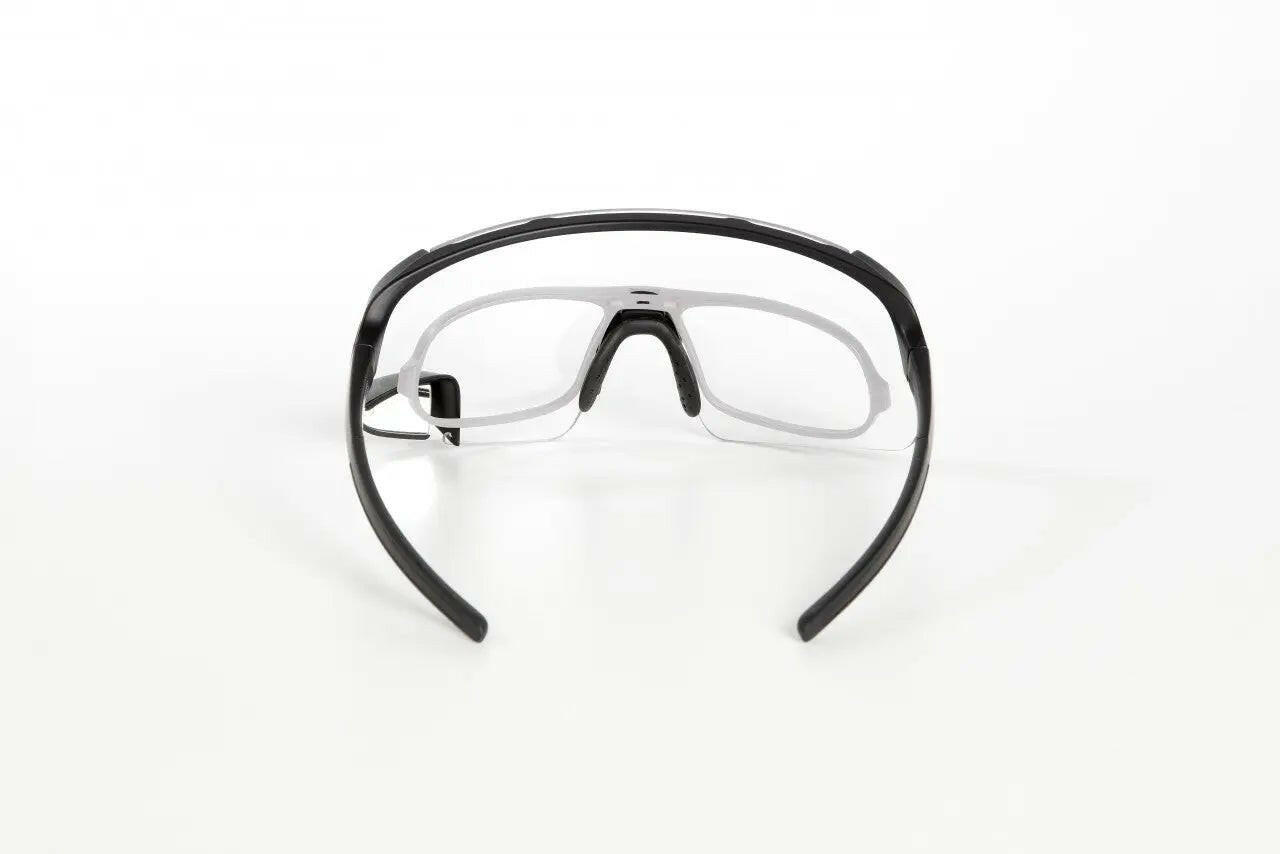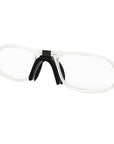
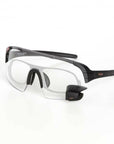
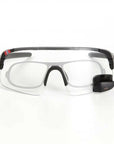
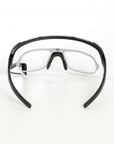
Prescription insert frame
NB: The prescription insert must be the same size as your glasses.
Frame Compatibility: The prescription insert frame is designed to be compatible with our Trieye eyewear. You can replace the standard nosepad on your regular eyeglasses with a nosepad that has the insert frame attached.
Optician Consultation: To obtain the correct prescription lenses for the insert frame, you need to visit your local optician or eye care professional. They will assess your vision and determine the appropriate prescription for your needs.
Visual Correction: When you wear the eyeglasses with the insert frame, the prescription lenses inside the insert will correct your visual defects. This setup allows you to see clearly, as the prescription lenses within the insert frame are positioned in front of your eyes.
Overall, this is a solution for individuals who prefer wearing standard eyeglass frames but require prescription lenses for vision correction. It allows them to maintain their preferred style of eyewear while still addressing their visual needs.

